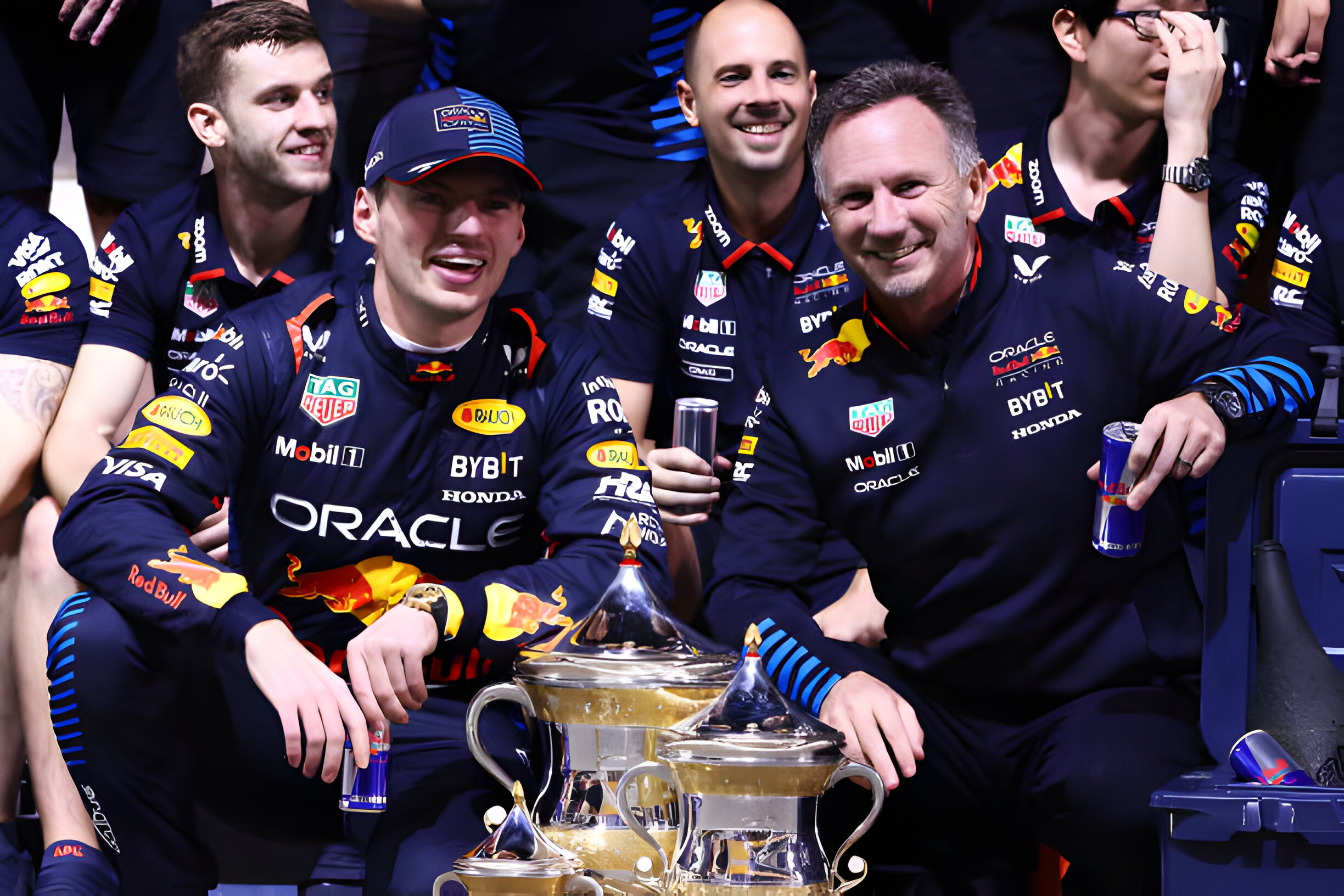The Miami Grand Prix was supposed to be a turning point for Scuderia Ferrari, a chance to showcase their new SF-23 car with its revolutionary updates and challenge the top teams. Instead, the race turned into a disaster that exposed the team's weaknesses and left them scrambling for answers.
At the heart of Ferrari's struggles was their inability to keep up with the competition, even those with inferior power units. Charles Leclerc's SF-23, with its new floor modifications, was unable to match Kevin Magnussen's Haas, a humiliating comparison for a team that had been counting on these updates to jumpstart their season.
But the problems ran deeper than just the car's performance. Ferrari was caught off guard by the new asphalt at Miami International Autodrome, which had been redone outside regulatory terms. This meant that their preparation work on a race simulator was useless, and they lost the development thread as a result.
While other teams like Red Bull, Aston Martin, and Mercedes were able to adapt to the new track conditions, Ferrari struggled to make sense of it all. Sergio Perez, who started from pole position, admitted that he didn't understand anything about his car's setup, but still managed to put his RB19 in front of everyone else.
Ferrari's technical issues were compounded by organizational problems. The team seemed unable to find a common denominator that would allow them to work together effectively. Frederic Vasseur admitted that it wasn't just tire wear that was causing problems; there was also a variation in the car's behavior from one lap to the next.
Carlos Sainz was able to defend himself with medium tires in the first stint but struggled with the hard ones, while Leclerc's aggressive setup led to two crashes. The SF-23's operating window seemed too narrow, making it difficult for Ferrari to find the right balance between aerodynamic load and ride height.
The problem wasn't just with the car's aerodynamics, either. Ferrari's rear suspension needed to be revised to offer more setup options, highlighting the team's ongoing struggle to find the zero point from which to start their development.
Overall, the Miami GP was a wake-up call for Scuderia Ferrari. It exposed deficiencies in both their technical and organizational capabilities, leaving the team with a lot of work to do if they hope to challenge the top teams in future races.
But it's not all doom and gloom for Ferrari. The SF-23 has shown promise in previous races, and there is still time for the team to make significant improvements before the season is over.
The upcoming Imola race will be crucial for Ferrari. It will give them a chance to regroup and reassess their strategy, taking into account the lessons learned from Miami. If they can find a way to get their car's performance back on track and work more effectively as a team, there's no reason why they can't compete with the best of them.
In conclusion, Scuderia Ferrari's Miami GP disaster was a harsh reminder that success in F1 requires not just technical excellence but also effective teamwork and adaptability. The team has a lot of work ahead of them if they hope to turn things around, but with the right approach and mindset, they can still salvage their season and come out stronger than ever.
FORMULA1
News
Ferrari's Struggle Continues: SF-23 Poor Performance in Miami
Ferrari continues to struggle in the 2023 Formula One season as their SF-23 failed to keep up with the competition during the Miami GP. Let’s take a closer look at the reasons behind Ferrari’s poor pace and performance in Florida.
8 May, 13:54
2 years ago
Author:
Racing Union

Source:
Ferrari
More articles:

F1 2025 Car Launches: Complete Guide
11 months ago
Racing Union

Hamilton's Upcoming Ferrari F1 Car Test
11 months ago
Racing Union

F1 Australian Grand Prix 2024: Weather Conditions in Melbourne
1 year ago
Racing Union

Leclerc Praises Bearman's Impressive F1 Debut
1 year ago
Racing Union

Max Verstappen's Future at Red Bull
1 year ago
Racing Union